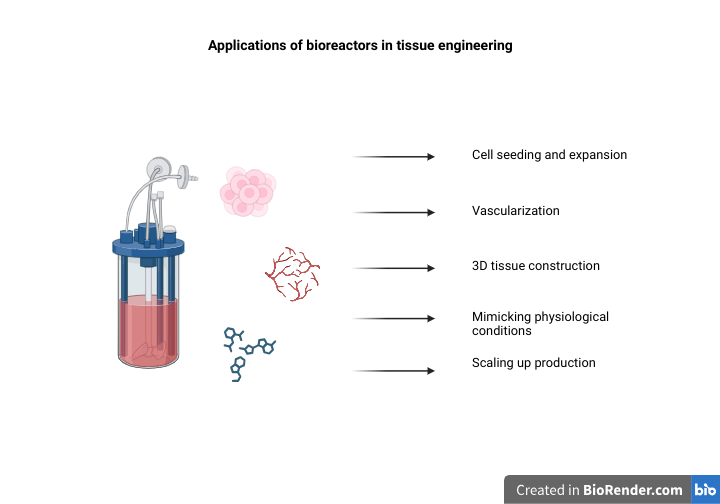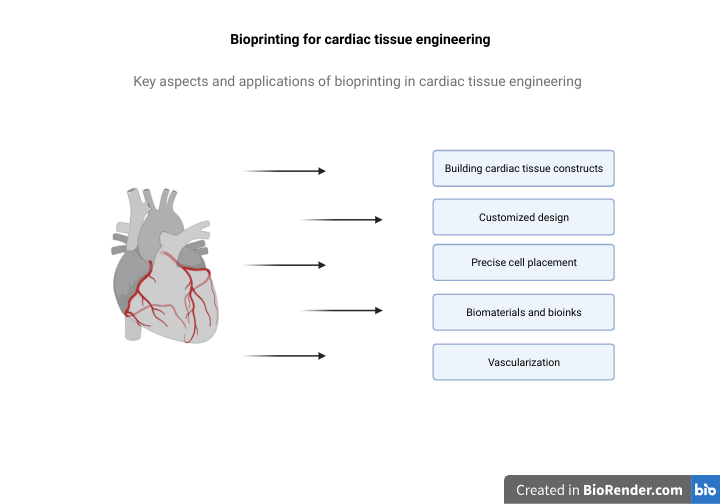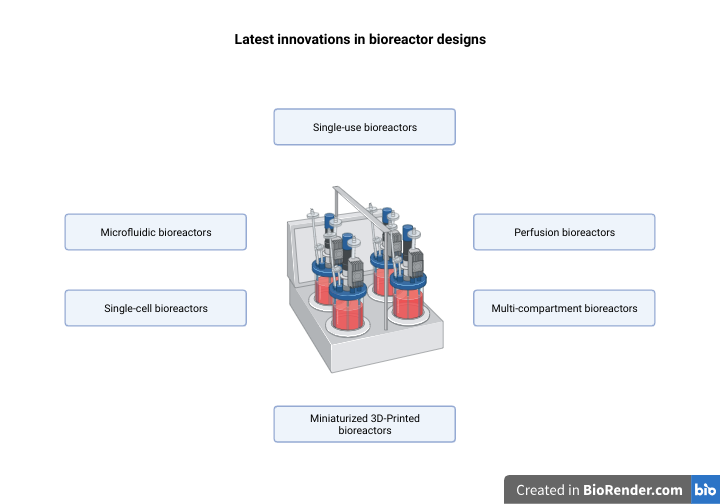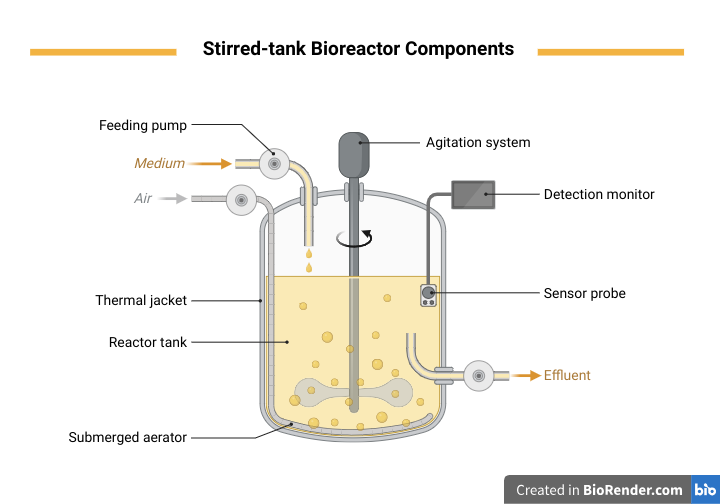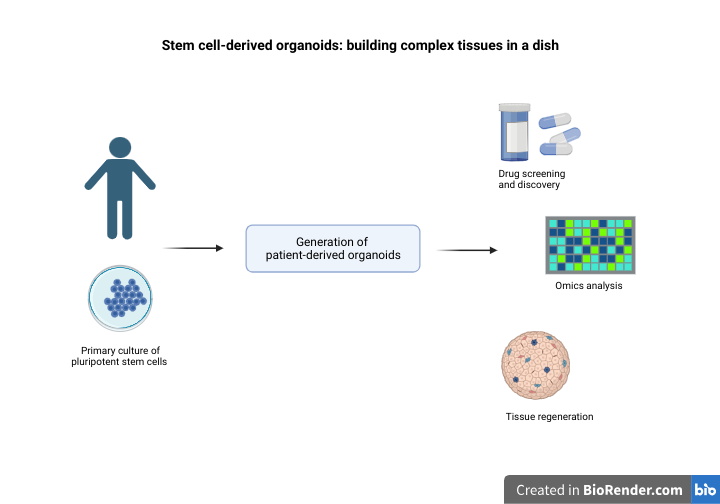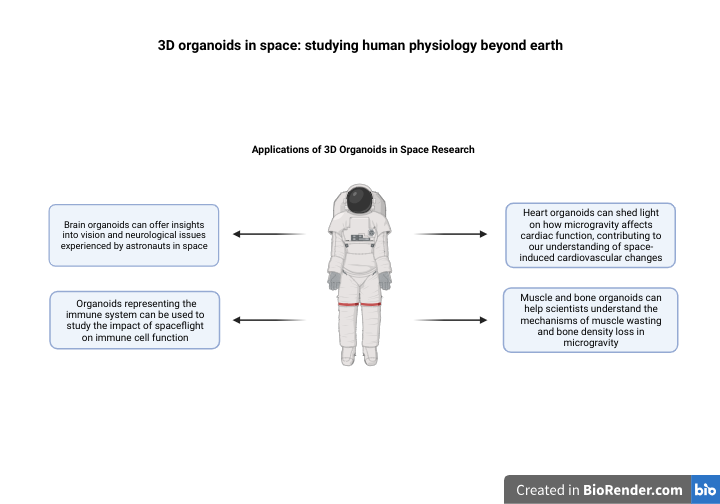faCellitate GmbH Welcomes Industry Veteran to Advisory Board
Mannheim, December 2024 – faCellitate GmbH, a leading innovator in the field of defined surface coatings for life science consumables is thrilled to welcome Heinz Schmid, a renowned and globally recognized expert in the industry, to its advisory board. Heinz
iPSC-derived retinal cells and their significance
Induced pluripotent stem cell-derived retinal cells, often abbreviated as iPSC-derived retinal cells, represent a promising development in regenerative medicine and the treatment of retinal diseases. Here's an overview of what iPSC-derived retinal cells are and their significance: iPSCs and reprogramming Induced pluripotent stem
Stem cell research breakthroughs
Stem cell research has witnessed numerous breakthroughs that have expanded our knowledge and potential applications in various fields, from regenerative medicine to disease modeling. Here are some notable stem cell research breakthroughs: Induced pluripotent stem cells (iPSCs) In 2006, Shinya Yamanaka and
Applications of bioreactors in tissue engineering
Bioreactors play a crucial role in tissue engineering by providing a controlled and dynamic environment for the cultivation and maturation of engineered tissues. Here are some crucial applications of bioreactors in tissue engineering: Cell expansion and seeding Bioreactors are used to expand and
Bioprinting for cardiac tissue engineering
Bioprinting is an innovative technology with immense potential in cardiac tissue engineering. It offers precise control over cell placement and biomaterial deposition, making it a promising approach for creating functional cardiac tissue constructs. Here are some key aspects and applications
Latest innovations in bioreactor designs
Bioreactor design has seen numerous innovations in recent years, driven by advancements in technology, materials, and our understanding of biological processes. Here are some of the latest innovations in bioreactor design as per research demand. Single-use bioreactors Single-use bioreactors have gained popularity in
Key components of bioreactors
[vc_row][vc_column][vc_column_text]A bioreactor is a controlled environment used for the cultivation of microorganisms, cells, or tissues. It consists of several key components that work together to provide the necessary conditions for cell growth and product formation. Here are the key components of
Monitoring Gene Expression Changes As A Measure Of Cell Viability In 3D Cell Culture
3-dimensional cell cultures are fast becoming the new standard for in vitro cell culture research owing to their efficient ability to mimic in vivo biology. To encourage this movement from 2D into 3D culture, proper quantitative methods need to be
Stem cell-derived organoids: building complex tissues in a dish
In the realm of regenerative medicine and biological research, stem cell-derived organoids have emerged as miniature marvels. These tiny, three-dimensional structures, cultivated from stem cells, offer an astonishing glimpse into the intricate world of human tissue development and disease modeling.
3D organoids in space: studying human physiology beyond earth
Space exploration has always captured the human imagination, and as we venture beyond our planet, the study of human physiology in microgravity environments has become increasingly vital. 3D organoids, miniature organ models grown from human cells, are invaluable tools in




